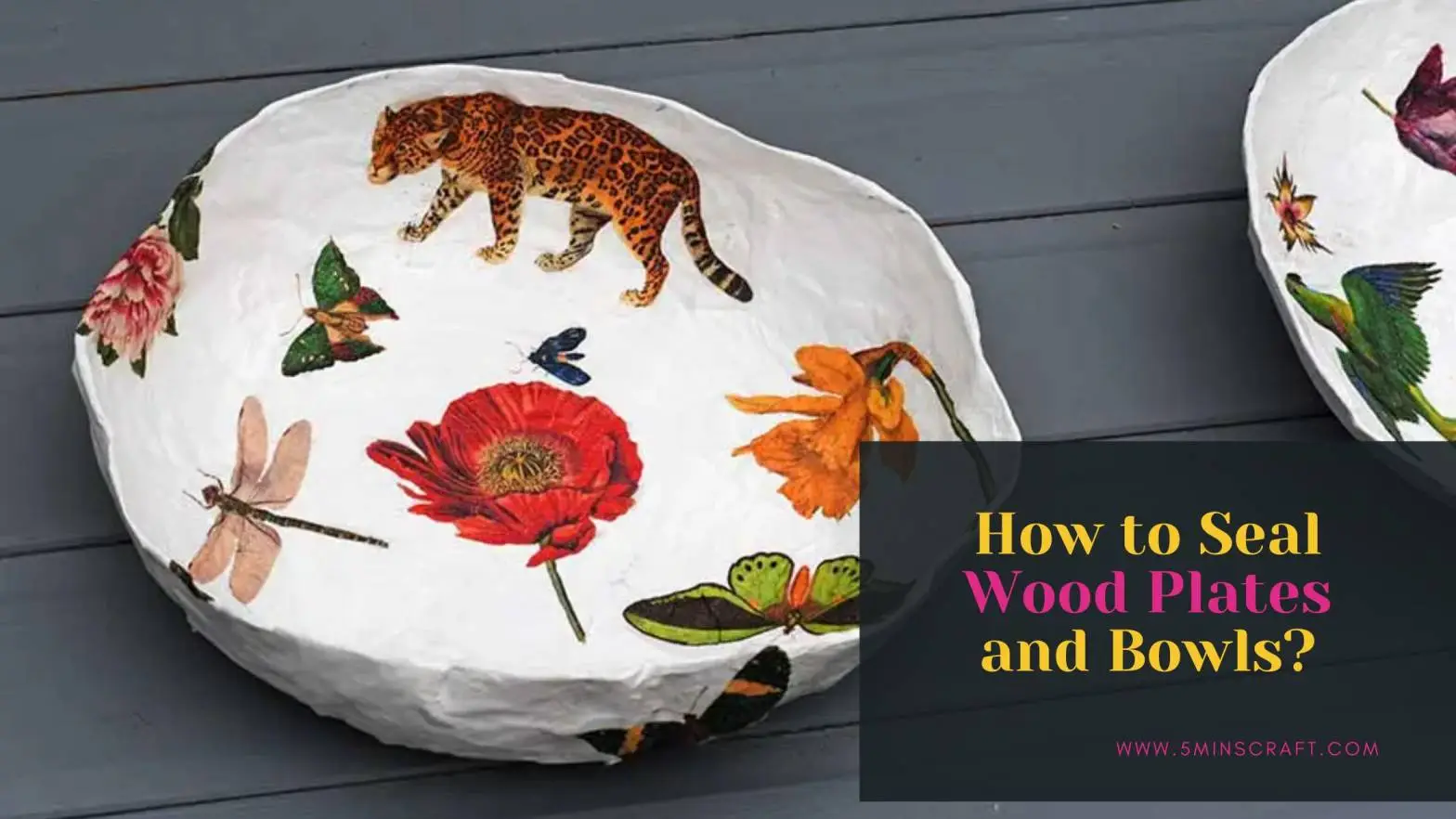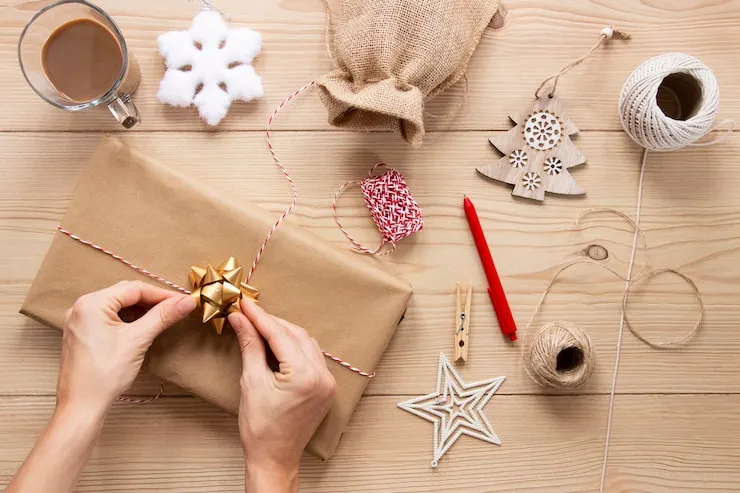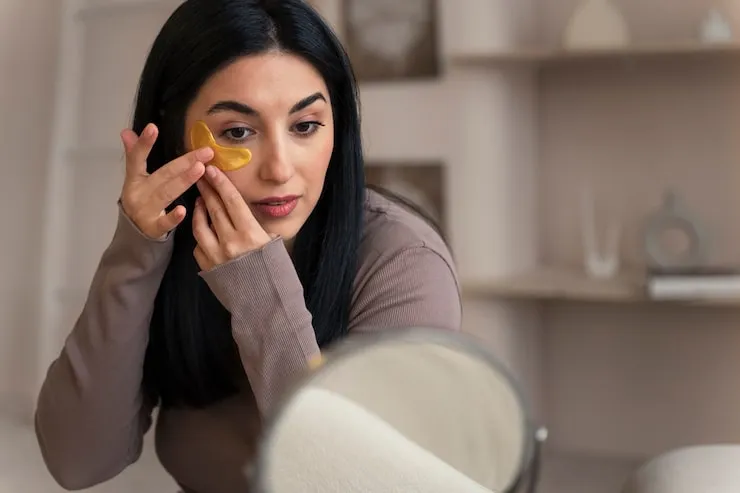How to Seal Wood Plates and Bowls? Wooden plates and bowls are immortal, eco-friendly, and include a rural charm to any kitchen. They’re strong, excellent, and frequently more secure than plastic choices. But to keep them in incredible condition, you require to know how to appropriately seal wood plates and bowls. Fixing ensures the wood from stains, breaks, and dampness whereas keeping it food-safe.
In this blog, we’ll cover everything you require to know almost fixing wooden dishware, from why it’s critical to the best common oils and step-by-step methods.
Read Also: Upcycled Craft Life Hacks for Sustainable Living
Why Seal Wooden Plates and Bowls?
- Unlike ceramic or glass, wood is permeable. Without security, it assimilates dampness, odors, and microbes. Fixing is fundamental for:
- Food security: Anticipates microscopic organisms from leaking into modest pores.
- Durability: Secures against breaking, twisting, or drying out.
- Appearance: Upgrades the characteristic grain and color of the wood.
- Water resistance: Makes a difference wooden dishware withstand normal washing.
- A well-sealed wooden bowl or plate can final for a long time, indeed with every day use.
Choosing the Right Sealant for Wood Plates and Bowls
When fixing wood that comes into contact with nourishment, it’s vital to utilize food-safe sealants. Here are the most prevalent options:
1. Mineral Oil
- One of the most common and reasonable choices.
- Easy to apply and enters profoundly into the wood.
- Needs reapplication each few weeks.
2. Beeswax
- Natural and food-safe.
- Creates a delicate, defensive finish.
- Often combined with mineral oil for superior results.
3. Walnut Oil
- Penetrates well and solidifies marginally over time.
- Safe for nourishment utilize, but dodge if there are nut hypersensitivities in the household.
4. Tung Oil (Pure)
- Derived from the seeds of the tung tree.
- Cures into a difficult, water-resistant finish.
- Make beyond any doubt it’s 100% unadulterated tung oil—some forms contain additives.
5. Commercial Food-Safe Finishes
- Brands offer specialized cutting board or butcher square conditioners.
- Typically a mix of oils and waxes, secure for wood kitchenware.
- Avoid: Varnish, polyurethane, or manufactured sealants—these are not food-safe and ought to never be utilized on dishware.
You May Also Like: Wood Hearts For Crafts: What You Need To Know
Step-by-Step Direct: How to Seal Wooden Plates and Bowls?
Here’s a basic handle to ensure and seal your wooden dishware:
Step 1: Clean the Wood
- Wash the plate or bowl with mellow cleanser and warm water.
- Avoid drenching or putting it in the dishwasher.
- Pat dry with a towel and let it discuss dry totally (at slightest 12–24 hours).
Step 2: Sand if Necessary
- If the surface feels harsh, delicately sand with fine-grit sandpaper (220 coarseness works well).
- Wipe off the tidy with a clean, dry cloth. How to Seal Wood Plates and Bowls?
Step 3: Apply the Oil or Wax
- Use a clean cloth or paper towel.
- Rub a liberal sum of oil or wax into the wood, covering all surfaces.
- Let the wood assimilate the oil for at slightest 20–30 minutes.
Step 4: Expel Excess
- Wipe absent any additional oil that didn’t drench in.
- For wax, buff the surface until smooth.
Step 5: Remedy the Finish
- Let the wooden plate or bowl sit overnight in a dry area.
- For oils like tung oil, curing may take a few days.
Step 6: Rehash if Needed
- For unused wood, apply 2–3 coats the to begin with time.
- Reapply once a month or when the wood looks dry.
Tips for Keeping up Fixed Wooden Dishware

- Hand Wash As it were – Never put wooden plates and bowls in the dishwasher.
- Avoid Drawn out Drenching – As well much water causes splits and warping.
- Dry Instantly – After washing, towel dry to anticipate dampness damage.
- Reapply Oil Frequently – A speedy oiling keeps the wood in incredible condition.
- Store Legitimately – Keep them absent from coordinate daylight or extraordinary heat.
DIY Common Wood Fixing Recipes
- You can indeed make your possess sealant at domestic utilizing secure ingredients:
- Beeswax and Mineral Oil Blend
- Melt 1 portion beeswax with 4 parts mineral oil.
- Stir until completely blended.
- Pour into a bump and let cool.
- Apply like a glue for a smooth, shiny finish.
Coconut Oil Finish
- Use fractionated coconut oil (remains fluid and doesn’t go rancid).
- Rub into the wood for a delicate, normal finish.
Common Botches to Avoid
- Using vegetable oils (like olive oil): These can go rotten and cause awful smells.
- Skipping customary upkeep: Indeed fixed wood needs care over time.
- Using cruel cleaners: Fade or solid cleansers harm the wood’s finish.
- Not letting wood dry some time recently fixing: Dampness caught beneath oil can lead to mold.
Benefits of Fixed Wooden Plates and Bowls
- Long-lasting durability
- Hygienic and food-safe
- Enhanced normal excellence of wood grain
- Resistant to stains, odors, and cracks
- Environmentally neighborly compared to plastics
- Sealed wood dishware isn’t fair functional—it’s moreover a lovely expansion to your eating table.
Final Thoughts
Learning how to seal wood plates and bowls is straightforward but makes a colossal distinction in their appearance, security, and life expectancy. With the right food-safe oils or waxes, customary upkeep, and appropriate cleaning, your wooden dishware will remain smooth, sparkly, and secure for a long time to come.
Think of fixing as giving your wooden kitchenware a defensive shield—it keeps out water, microbes, and harm whereas letting the normal excellence of wood sparkle through. Whether you utilize mineral oil, beeswax, or tung oil, steady care will make your wooden plates and bowls a bliss to utilize each day.








